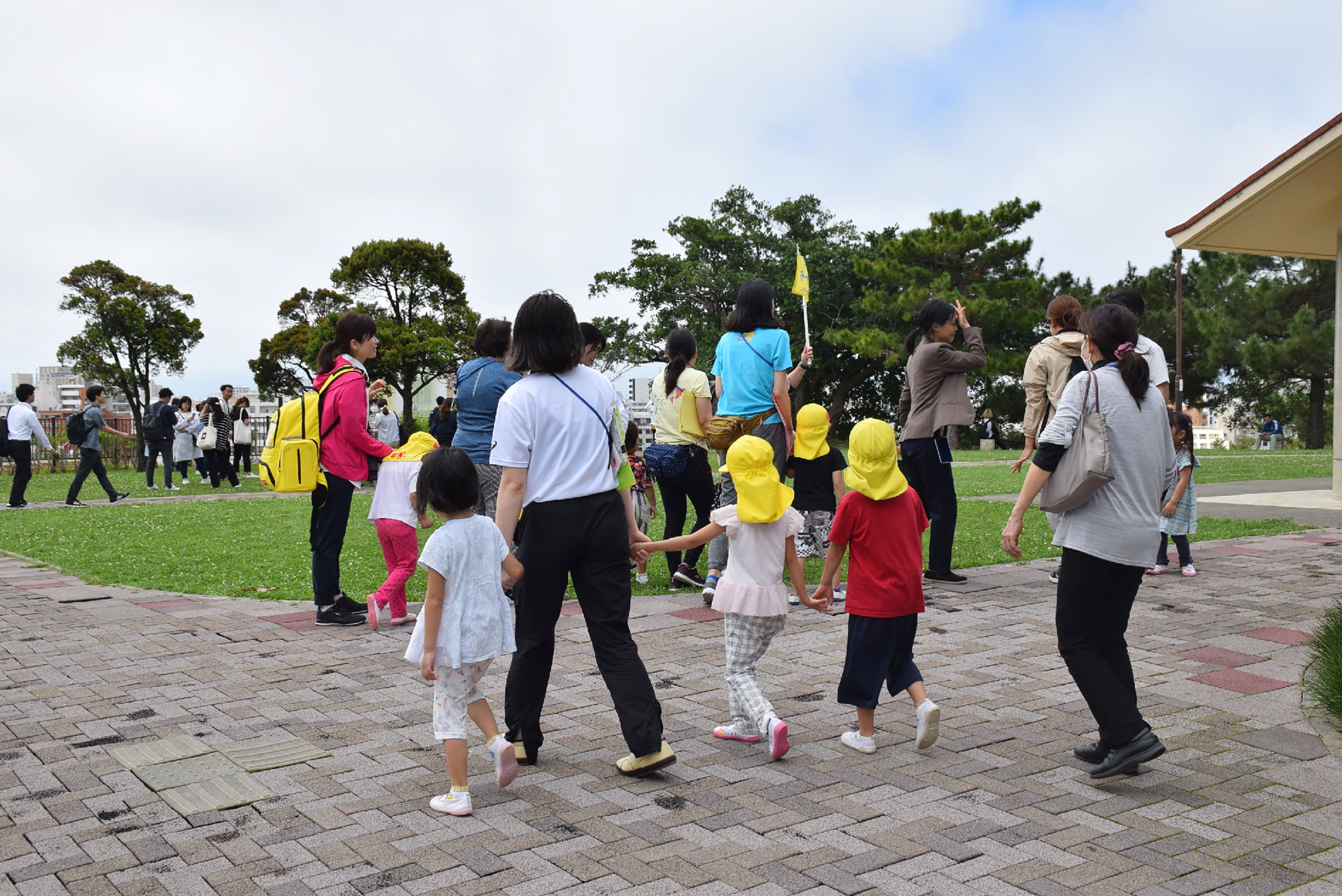Japan has introduced new rules to regulate how children’s names written in Chinese characters, kanji, are pronounced.
Kanji is one of the three core writing systems in Japanese, alongside hiragana and katakana. Originating from Chinese characters, kanji are logographic symbols that represent full words or ideas rather than sounds, making each character unique and meaningful on its own, according to Japanese tutor Alexa Bevan.
Japan adopted kanji around the 8th century and later developed hiragana and katakana – two phonetic alphabets called kana – each with 46 characters to complement kanji.
Mr Bevan, based in Orlando, US, said on the digital language education platform Rosetta Stone that hiragana was mainly used for native Japanese words and grammatical elements while katakana was used for foreign words and names. Unlike other alphabets where letters represent sounds, kanji convey meaning visually and can have multiple pronunciations depending on context, sometimes using the original Japanese pronunciation called kun’yomi and sometimes using a pronunciation borrowed from Chinese called on’yomi.
Starting this week, Japan is enforcing a new law that limits how children’s names written in kanji can be pronounced. Under the revised rules, only standard or widely accepted readings will be allowed in official records.
This means parents can no longer use the unconventional or flashy kirakira name pronunciations that stray too far from the traditional meanings and sounds of the kanji characters.
The revisions will prohibit parents from using some of the more extreme unconventional names, according to local media, and, for the first time in the 150-year history of Japan’s modern family registry, require phonetic annotations to ensure all names can be read as intended.
The decision comes amid concerns that such kirakira names are causing confusion in schools, hospitals and other institutions of public service.
The government argues the focus on standard pronunciations will help streamline the digitalisation of administrative processes, but it’s also widely seen as a move to curb the rise of quirky – and often confusing – given names.
Through Japan’s pop culture boom of the 2000s, many parents embraced the trend of giving their children unique, attention-grabbing names as a form of personal expression. Inspired by anime, manga, celebrities, and foreign languages, these kirakira names often featured unconventional pronunciations or spellings that broke with traditional kanji readings.
The goal was to create names that felt modern, fashionable, and distinctive – sometimes at the cost of clarity or cultural coherence.
A 2023 New York Times article reported that Japanese children with unconventional names often faced social and practical challenges unique to their country and its written language. Acknowledging these challenges, the government is stepping in to limit the trend, while maintaining that it still allows room for parental creativity.

According to the new rules, if a name is pronounced in a surprising or misleading way – like giving a traditional name a strange or foreign-sounding twist – it won’t be allowed. However, some less common but already accepted pronunciations will still be okay.
According to local media reports, parents of newborns may have to justify unusual readings and households will receive official notifications of registered name pronunciations, with a window to request corrections.
Family registers or koseki – official documents maintained at local town halls that record details like a person’s identity and family ties – will now include phonetic guides showing how names are meant to be read. In Japanese writing, these readings are typically provided using phonetic symbols to clarify pronunciation.
Yuji Ogihara, associate professor in the department of psychology at Aoyama Gakuin University, authored a study in 2022 examining naming trends in Japan from 1979 to 2018. He found the move towards unique baby names was part of a larger shift toward individualism in Japanese society.
“People increasingly came to live more independently from family members. Specifically, the rate of people living alone, the rate of nuclear households, and the divorce rate increased, whereas the rate of three-generation households and the household size decreased between 1947 and 2015,” the study noted.
“These results indicated that family structure became more individual-based in Japan, suggesting that Japanese culture changed toward greater individualism.”
As a result, “unique names increased over the 40 years between 1979 and 2018, indicating that unique names increased throughout the 1980s-2010s, not just in the 2000s and 2010s”.
At the start of the study period, the most popular name for boys was Daisuke and the most popular for girls was Tomoko, according to an annual survey by Meiji Yasuda Life Insurance Co.
By 2018, these traditional names had largely disappeared, replaced by kanji names most commonly read as Ren for boys and Yuzuki for girls.
Mr Ogihara told the South China Morning Post that the shift towards kirakira names showed that “Japanese culture has become more individualistic over time”.
“It now puts more emphasis on uniqueness and independence, rather than conformity and interdependence.”

